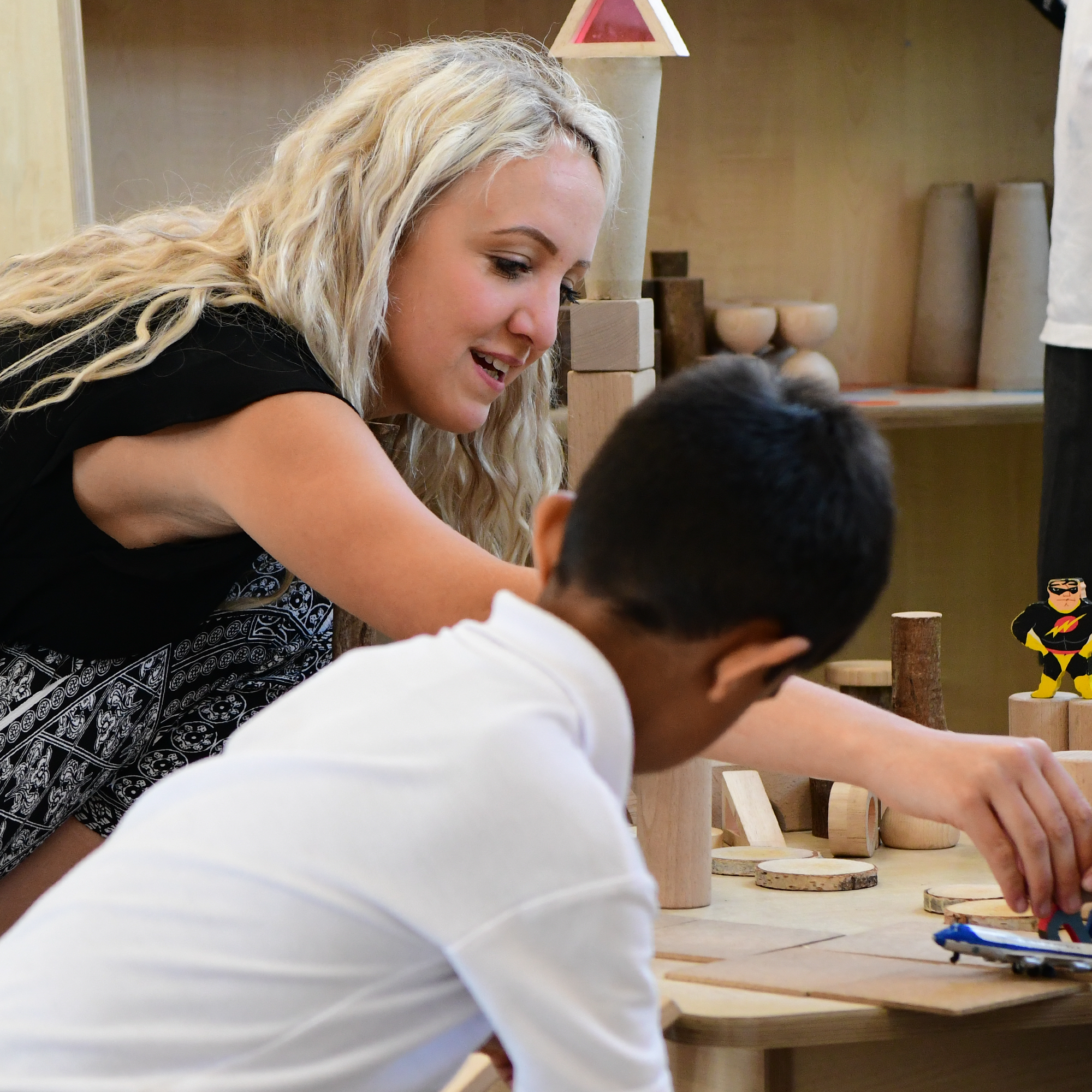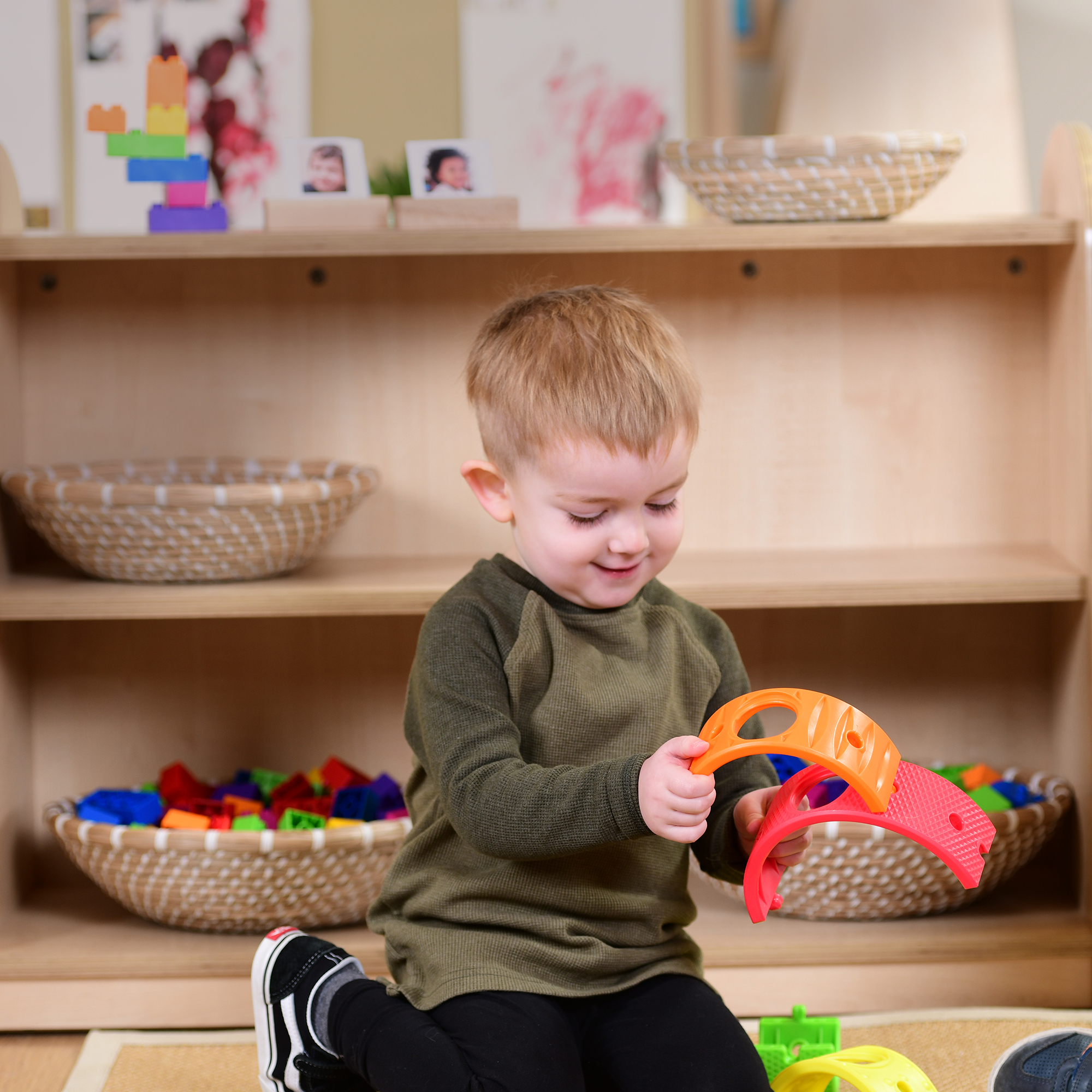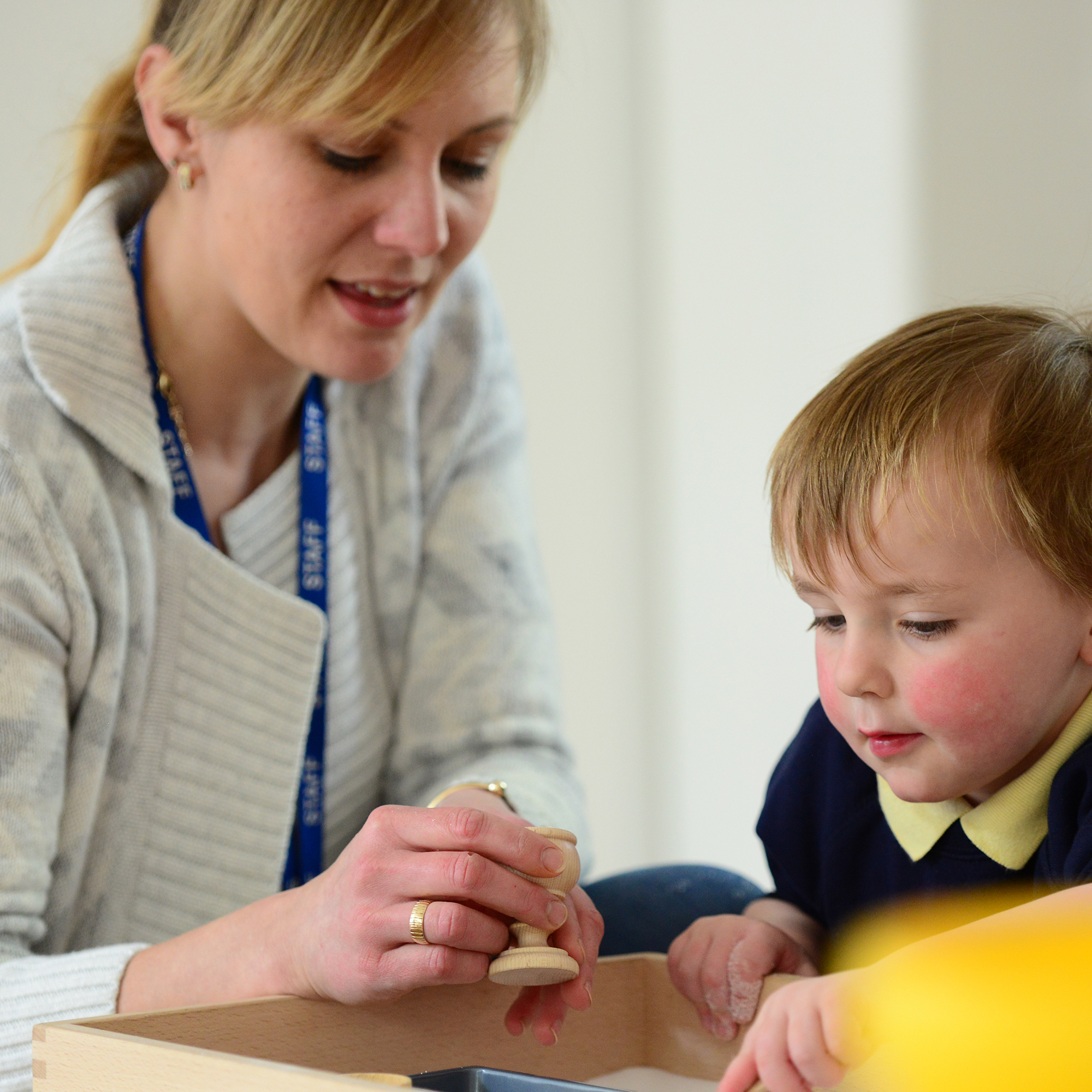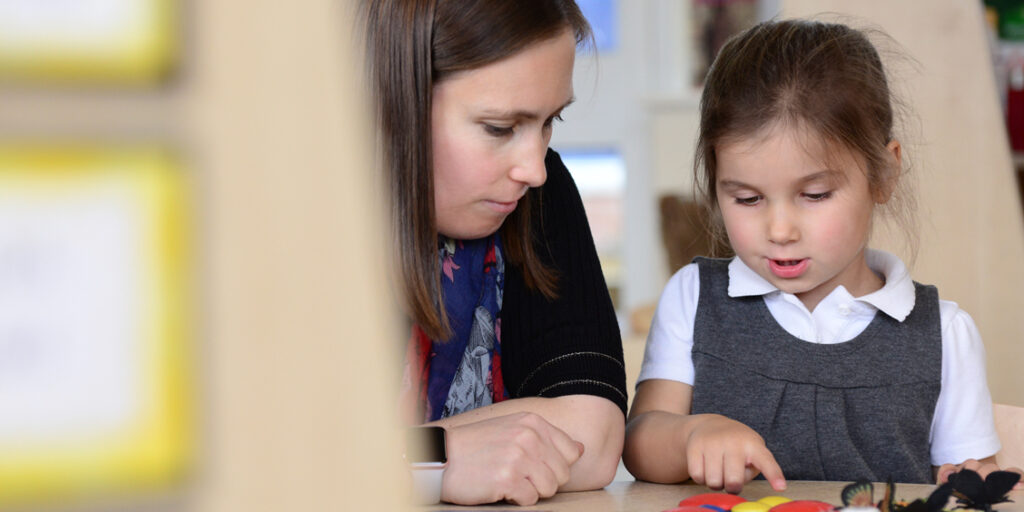In part one of our guide for ECT’s we outlined some of the fundamental relationships that need to be formed and nurtured when working in the EYFS environments. Now, let’s look beyond those relationships and begin to look at some of the other key things you’ll need to consider. As a new teacher, it can be easy to feel overwhelmed by the number of different jobs that need to be done and by the demands on your time. In the second part of the series we take a close look at some of the key elements of effective day to day EYFS Systems and Routines to help you to prioritise what is important.
This article is also available as a podcast:
Establishing your routines & resources
When the new term starts, think carefully about your daily routines. Are you making best use of your time? Avoid having to get your indoor and outdoor resources out every day for your children to access – it can be very time consuming and doesn’t really benefit the children. Try instead, to organise your resources so that the children can access them independently, supporting play-based learning. Think about how resources are labelled and stored so that they can be easily and independently accessed by the children. Effective shadow backing and labelling can lead to effective learning as part of tidy up time.
Spend time thinking carefully about how many indoor resources are needed to make an area of provision, like your sand or water area, work effectively. You will need a good variety of resources that offer lots of possibilities for exploration and curiosity without becoming cluttered.
Too many resources on offer often leads to resources being valued less by the children and will also take longer to tidy away. A water area which is overcrowded with resources will inevitably lead to all of the resources being tipped into the water tray.
Avoiding overcomplicated systems
Try to avoid creating overcomplicated systems for access to your prime and specific areas of provision or outdoor area. Creating the expectation that only four children are allowed in the sand area at a time, for example, will lead to regular disruptions as children argue about who was the last one into the area or who can play next.
Try to ensure that children know how to free flow between the areas – and between indoors and outdoors if this is possible. Systems that restrict the numbers of children who can use an area or access the outdoor area often lead to tension and disruption. These systems can also lead staff into managing logistical situations rather than focusing on the learning that is taking place.
It’s all about time!
As you create your timetable, try to allow for long periods of time when the children can have their own ideas and can create and explore within the learning environment. When children are interrupted regularly, they get used to not being engaged and to not seeing an activity through to its conclusion. Try to organise your timetable so that it allows for high levels of engagement and involvement rather than lots of stops and starts. Directed teaching times and group activities are a key way to introduce concepts and challenge thinking but teaching effectively in the early years extends much further than the edge of the carpet. In part 3 of this series, we’ll be exploring just this – the crucial balancing act that is a key feature of effective early years practice.
Keep it consistent… at least for a while!
Although it may be tempting, try not to change the layout of your room or rotate resources on a regular basis. Whilst change can create points of interest and excitement, it can also be time consuming, can cause anxiety and can make it more difficult for children to be independent learners.
Also, try not to make major changes to your learning environments every week. Planning new activities in lots of areas of provision every week will be hard to sustain and leave little time for the children to return to ideas. Instead, focus on the number of learning possibilities which are always available in each area of provision. As ideas, fascinations, interests and themes emerge over the coming weeks and months, make small additions to the continuous provision based on your observations and discussions with the children.
As the year progresses, use the Characteristics of Effective Learning to evaluate the quality of the learning experiences within each area of provision. This will enable you to pinpoint where improvements and changes are necessary.
And finally…
Working in the Early Years Foundation Stage can be complex and challenging, but it provides you with an incredibly rewarding opportunity to shape the lives of young learners. Developing effective routines and high levels of organisation will have a positive impact on not just what the children learn in your class but also how they go about learning too. Independence, creativity, critical thinking, resilience and collaboration can all be nurtured and supported by an effective, well planned, learning environment with the right routines in place.
We hope that you’ve found what we’ve written here helpful – do let us know how you’re getting on too!

As you step into your new classroom, your head will be buzzing with lots of plans and ideas and that’s where we can support. We have lots of support for ECT’s so click below to find out how we can work with you.

Explore the importance of the Characteristics of Effective Learning in our blog and how they need to be just as much a part of our planning processes as ‘what’ we are expecting children to learn.

As you step into your new classroom, your head will be buzzing with lots of plans and ideas and that’s where we can support. We are frequently running free webinars for you to find out more about Early Excellence and all we have to offer.

